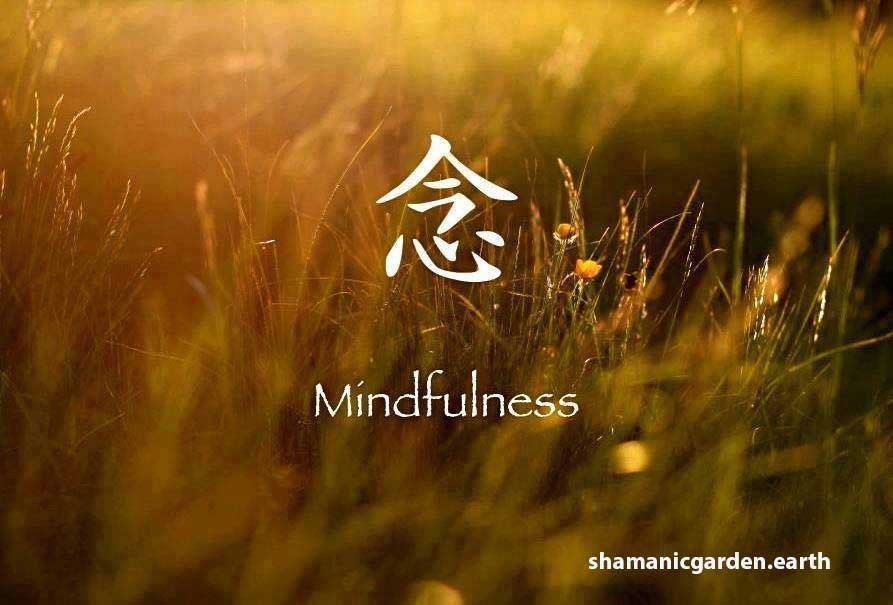Introduction
The concept of mindfulness has been popularized in the western world over the past several decades due to its impressive range of mental health benefits, including improved focus, resilience to stress, emotional balance, and even enhanced immune function (Davis & Hayes, 2011). The essence of mindfulness is elegantly encapsulated in the Chinese character 念, which signifies “now; this” (今) at the top and “heart; mind” (心) at the bottom. This ancient character offers an insightful exploration into mindfulness, illustrating a state of awareness in the present moment with a compassionate, non-judgmental attitude toward oneself and others.
Mindfulness: The Awareness of ‘Now’
The ‘now’ part of the character 念, represented by the character 今, refers to the core mindfulness principle of present moment awareness. The benefits of this are manifold. As Kabat-Zinn (2005) explains, by focusing on the ‘now’, we avoid being swept away by regrets of the past or anxieties about the future. Instead, we learn to cultivate a sense of acceptance for the present moment, leading to more peace and satisfaction. Mindfulness teaches us to embrace the present, whether we are brushing our teeth, having a cup of tea, or engaged in more complex tasks. It reminds us to stop, observe, and connect with our experiences, allowing us to fully engage in the subtleties of life often overlooked in our fast-paced existence.
The Heart-Mind Connection in Mindfulness
The second part of the character 念 is 心, which represents ‘heart; mind.’ This symbol underscores the emotional component of mindfulness, which includes a sense of compassion, understanding, and non-judgment. Germer (2009) argues that mindfulness is not just about the mind cognitively observing the present, but it’s also about the heart feeling and connecting to the present without judgment or interference. This heart-mind connection fosters deeper connections with the people around us, preventing us from merely rushing past them in our daily routine. By tuning into our heart-mind, we can more deeply understand ourselves and others, encouraging empathy and strengthening our relationships.
Mindfulness as a Mirror
One of the most profound interpretations of mindfulness likens it to a mirror. Just like a mirror that simply reflects whatever comes before it without judgment or interference, mindfulness invites us to observe our thoughts, feelings, and experiences in their raw, unfiltered form (Williams & Penman, 2011). This metaphor underlines the importance of equanimity in mindfulness practice – maintaining a balanced mind regardless of the nature of our experiences. By embodying this reflective, non-reactive quality, we can better navigate life’s ups and downs, meeting each moment with acceptance, clarity, and wisdom.
Conclusion
The concept of mindfulness, as symbolized by the Chinese character 念, offers a roadmap for enhancing our mental well-being and interpersonal relationships. The character’s components, ‘now’ and ‘heart; mind,’ encapsulate the essence of mindfulness: staying present, engaging with our experiences non-judgmentally, and maintaining emotional connectedness with ourselves and others. As we continue to explore and practice mindfulness, we can better navigate the complexities of life, foster deeper relationships, and enhance our overall quality of life.
References:
Davis, D. M., & Hayes, J. A. (2011). What are the benefits of mindfulness? A practice review of psychotherapy-related research. Psychotherapy, 48(2), 198.
Germer, C. K. (2009). The mindful path to self-compassion: Freeing yourself from destructive thoughts and emotions. Guilford Press.
Kabat-Zinn, J. (2005). Wherever you go, there you are: Mindfulness meditation in everyday life. Hachette UK.
Williams, M., & Penman, D. (2011). Mindfulness: An Eight-Week Plan for Finding Peace in a Frantic World. Rodale.
